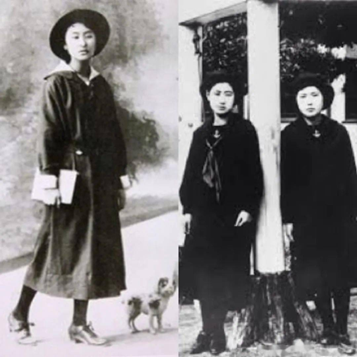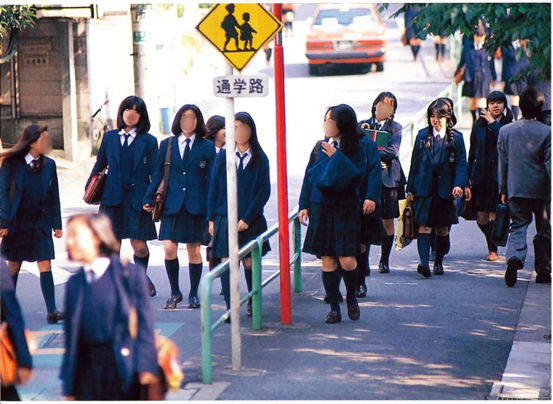The Japanese School Uniform Revelation
When Memories of Youth Become a School Selection “Hidden Card”
School uniforms are perhaps one of the most profound and complex symbols of our student years. Those oversized, dull-colored, and outdated “sacks” were once an unavoidable part of many students’ daily attire—and a frequent target of jokes and complaints.
However, times are changing. As more and more schools begin to emphasize the design and aesthetics of their uniforms, an interesting question arises:
Can a truly attractive school uniform become a “secret weapon” to attract students to apply?
For a generation raised on Japanese anime and TV dramas, the image of “a middle school student in uniform” is undoubtedly a deeply ingrained and iconic symbol. Over the years, Japanese school uniforms have long transcended their original purpose as mere campus attire, becoming an essential element of the country’s pop culture. They frequently appear in cosplay outfits of anime enthusiasts around the world. The school uniforms featured in the film Hana and Alice vividly illustrate this cultural symbol—they carry the deepest impressions of Japanese student life and are closely tied to the youthful emotions of that era. A glimpse of students in uniform on the street can easily evoke nostalgic memories of the past.
The widespread adoption of school uniforms across Japan’s full-time education system has led to steady and ongoing market demand, which in turn has driven the growth of specialized school uniform manufacturers. At the same time, school uniform design has undergone significant evolution, gradually incorporating fashion-forward elements into what was once purely functional clothing. Collaborations between uniform brands and well-known fashion designers have become increasingly common. There have even been instances where students choose to apply to certain prestigious schools specifically because they favor the design of the school’s uniforms.

Designer Touch
Japanese School Uniforms Become a Fashion Battlefield and a Recruitment Tool
To meet the aesthetic preferences of younger generations, some Japanese private schools have even invited more “trend-focused” designers to create their school uniforms—naturally driving prices higher as well. Hanae Mori, a renowned designer who made a name for herself in the international fashion world during the 1960s and 70s, once designed uniforms for many schools.


A New Definition of School Uniforms
Beyond Function, In the Name of Youth
In the past decade or so, Japanese school uniforms have placed greater emphasis on diversity and sustainability. Beyond appealing designs, uniforms that are comfortable, stretchy, odor-resistant, waterproof, wrinkle-free, reflective, and home-washable are becoming the new standard. The way uniforms are chosen has also changed—more schools are now letting students vote on the designs through popularity polls.
Having evolved over the past century, Japanese school uniforms are no longer just school identifiers; they’ve become symbols of student identity and reflections of the times. A school uniform is a vessel of youth—filled with laughter, running feet, sweat, and dreams. A well-designed uniform is not merely a combination of fabric and stitching; it is the most intimate expression of campus culture. A uniform that is both stylish and functional can indeed serve as a shining “admissions card.”
When students wear their uniforms with pride, and when cameras repeatedly capture that distinctive look, the school silently gains recognition and admiration. Sometimes, choosing a school may begin with falling in love—with a single, captivating outfit.


